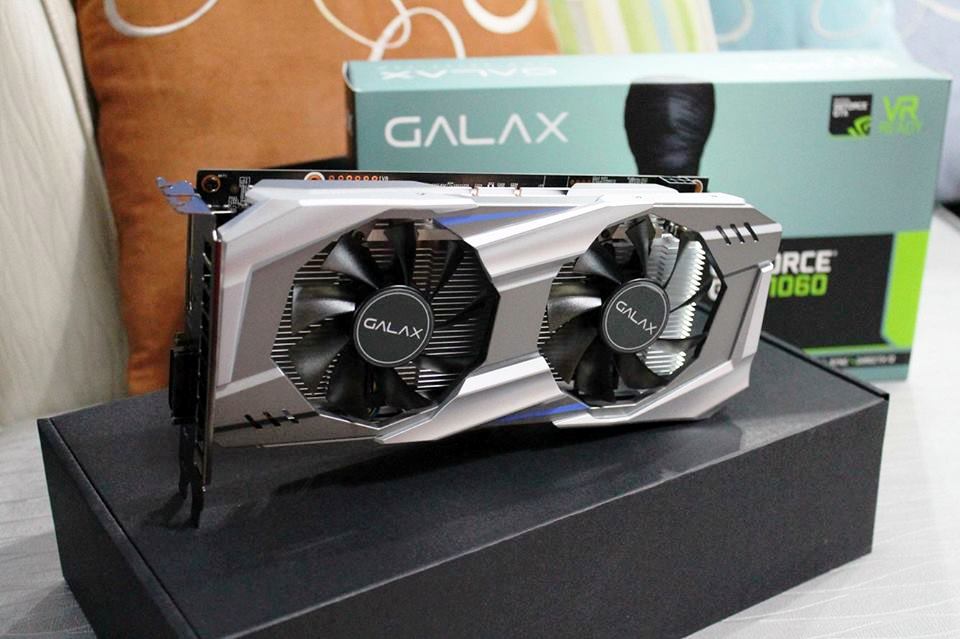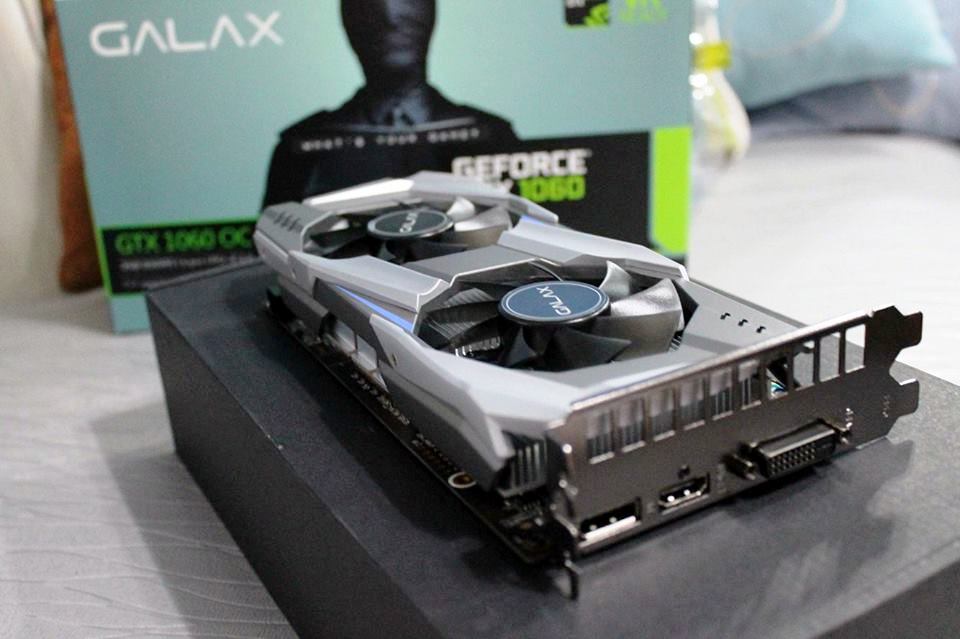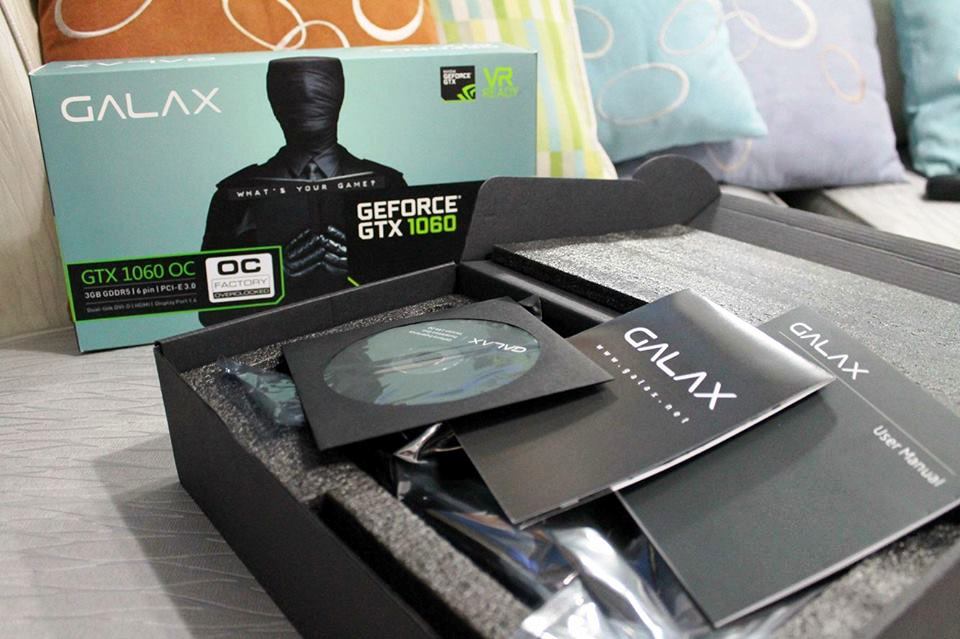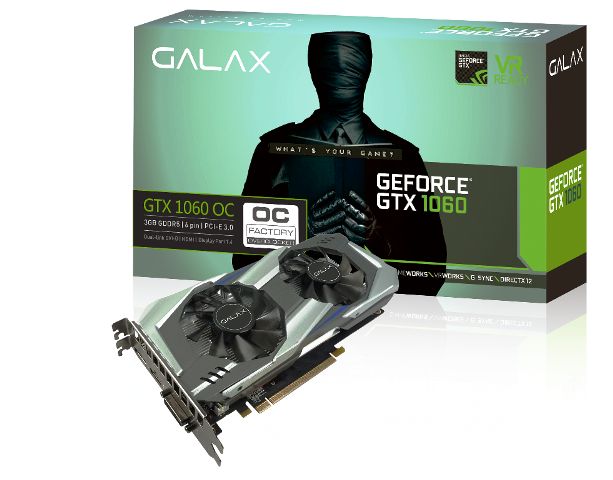In mid 2016, NVIDIA released the GeForce GTX 1060 3GB positioned to compete with AMD’s Radeon RX 480 4GB. The GTX 1060 3GB variant features 1,152 CUDA cores and 120w TDP. It offers similar performance to the GTX 980 making it perfect for 1080p gaming, and is significantly more powerful than the Radeon RX 480. There will be some limitations to 1440p gaming, though, because it only has 3GB GDDR5 memory, but not that much.
There are many known GeForce GTX 1060 variants released from different manufacturers like Asus, EVGA, MSI, Gigabyte, etc. but more or less the performance of one GTX 1060 to another GTX 1060 shouldn’t be that far. Aside from different rated clock speeds, the most obvious difference that you will see from different brands are the graphic card’s cooling solution and aesthetics.
All non-reference GTX 1060s are basically powered by the same GPU core. This means, for example, if you have MSI’s GTX 1060, you can overclock that card to match or even surpass another GTX 1060 with higher clock speeds.
Back in the day, Galax was known as one of the entry-level Nvidia GPU variants in the market but that’s not the case anymore. They’ve beefed-up their graphic cards with high-performance clock speeds and well-designed cooling solutions. They are offering different GTX 10xx series starting from their HOF (Hall of fame) series, EXOC (Extreme overclocked), Katana, EX, OC (Overclocked), just to name a number of models.

For now, let’s talk about the Galax’s GTX 1060 OC 3GB variant.
At first glance, you can see that it is a medium sized graphics card that will fit most PC cases. It stands at around 9 inches long and 4.8 inches wide. The GPU is clocked at (MHz) 1518, and with a boost clock of (MHz) 1733.
This user find the cooler design to be bland with its silver-dark grey-ish colors but still unique enough to stand out in a gaming PC build. The cooler has 2x 80mm fans, and the aluminum heatsink has 6mm copper heatpipes. The dual fans aren’t the quietest but Galax stated that it can cool the card at least a minimum of 31c and a maximum of 65c.

The card doesn’t have a back plate but it uses a matte black PCB which looks pretty good and will blend with most color schemes PC builders might have. It also requires a single 6 pin PCI-e power connector.
The Galax GTX 1060 OC 3GB features 3 display outputs: a single DVI, HDMI 2.0b, and a DisplayPort 1.4. If you wish to use this card for a multi display setup, you might find this a little bit limiting.
I tested this graphics card with my current gaming rig. An Intel Core i5 3470 system overclocked to 4GHz boost and 16GB of DDR3 RAM boosted to 1600MHz. The OS is a 64-bit Windows 10 Pro Edition with the latest Creators Update, Game Mode on, and the latest Nvidia drivers as of this writing. Though my CPU is a 3rd Gen Ivy Bridge, it still kept up with the GTX 1060. I even did some research on how much bottleneck will there be and it turns out that it won’t. But it will still depend on what game you’re playing.
I skipped all the synthetic benchmarks since gaming is usually the “real world” test of a GPU. I tested this with the following games: Battlefield 1, Metro Last Light, Warframe, and CS:GO, all set to the Highest Graphical Presets in 1920×1080 resolution. These are the games I had at the moment and all of them looked great with settings maxed out.
With Battlefield 1 and Warframe, the Fraps FPS counter sat at an average 60fps constant, while on Metro Last Light and CS:GO went at 63fps and 200fps average respectively.
I was totally blown away because there was such a huge performance increase at least 50-80% compared to my MSI GTX 1050 2GT OC.

With several hours of gameplay, I never had any dips in fps. Everything ran pretty smooth and in great detail. I would’ve used other popular games like GTA V and Overwatch for testing but I just didn’t have them. Not to mention VR too, since this is a VR Ready GPU.
To wrap it up, the Galax GTX 1060 OC 3GB has all that there is to expect from a GTX 1060. The build quality is also decent despite the plastic shroud of the GPU cooler. The dual fan system did a good job at keeping everything cool but during my tests it went up to at least 78c after 15 minutes of Furmark, that’s 13c more than what Galax claims but I’m pretty sure that their own tests are in no way similar to what I had. But then again, 78c is still very acceptable when it comes to GPU temps.
As for pricing, I think Galax has the best to offer when it comes to Price and Performance ratio compared to the other GTX 1060 3GB variants in the market. I’ve looked around different shops that offers GTX 1060 3GB and here are the best deals that I found are from PCHub and DynaQuest PC. Everywhere else is just darn expensive.
Graphics cards (SRP/shop):
Galax GTX 1060 OC 3GB
P 8,980
PCHub/E-Sports Gaming Authority
ZOTAC GTX 1060 Mini 3GB
P 9,700
DynaQuest PC
Palit GTX 1060 Dual 3G
P 9,950
DynaQuest PC
ZOTAC GTX 1060 AMP Edition 3gb
P10,000
PCHub/E-Sports Gaming Authority
Asus GTX 1060 Dual OC 3GB
P11,480
DynaQuest PC
GIGABYTE GTX 1060 G1 GAMING 3GB
P12,430
PCHub/E-Sports Gaming Authority
MSI GTX 1060 Gaming X 3GB
P12,950
DynaQuest PC
[embedyt] https://www.youtube.com/watch?v=nZtTYQJYi4o[/embedyt]










